The scene in the German port was like a vision of hell. As the incendiary bombs rained down on Hamburg that hot summer evening, the centre of the city was engulfed by a conflagration so intense that it seemed to herald the Apocalypse. Trees were uprooted, buildings demolished, trains ripped from their tracks, roadways turned to boiling liquid. Thousands of people were asphyxiated or died of smoke inhalation as they sought shelter in underground cellars. Those who made it to rivers or canals fared little better, for the lethal heat continued to suck oxygen out of the air, while the fire was even spread across water surfaces by exploding oil tankers and the debris from exploding barges.
Next month marks the 80th anniversary of the firestorm that ravaged Hamburg over seven nights from 24 July 1943. Backed up by the US Army Air Force, the series of RAF raids that inflicted this devastation was the heaviest aerial assault ever undertaken in Europe, even more savage in scale than the notorious bombing of Dresden in February 1945.
Sir Arthur Harris, the head of RAF Bomber Command, had no squeamishness about targeting the German population
With its tone of Biblical punishment, the codename of Operation Gomorrah was highly appropriate. It was estimated that the death toll was 45,000, the vast majority of them women and children, compared to 25,000 at Dresden. In fact, British officials later came to call the bombing of Hamburg ‘the Hiroshima of Germany.’
Mass slaughter was not an unfortunate consequence of Gomorrah. On the contrary, this was one of its central purposes. Sir Arthur Harris, the robust head of RAF Bomber Command who had no squeamishness about targeting the German population, openly wrote in 1942 that ‘what we want to do in addition to the horrors of the fire is to bring masonry crashing down on top of the Boche, to kill the Boche and to terrify the Boche.’
His passionate conviction was that the Reich could be crushed by bombing alone, without the need for a land invasion, if he were provided with a sufficiently large force to break the morale of the German people and shatter its industrial capacity. His view was largely shared in the middle years of the war by the air staff and the war cabinet, which gave the highest priority to the strategic air offensive against Germany. This was reflected in the vast resources poured into the manufacture of heavy bombers, particularly the mighty Lancaster.
Such an outlook was in keeping with the foundational ethos of the RAF, which had been created in 1918, not to provide fighter defences but to deliver ‘the knockout blow’ against the enemy through aerial bombardment.
‘Our belief in bombing was an article of faith,’ admitted the wartime chief Sir John Slessor. Hamburg was the ultimate expression of that creed. But there was a heavy price to pay for this doctrine. The remorseless focus on bombing Germany meant that other parts of the RAF, such as support for the army in North Africa and fighter bases in Asia, were neglected.
The air establishment’s disdain was perhaps felt most keenly by the RAF’s maritime wing, Coastal Command, which had the vital duties of convoy protection in the Atlantic against the U-boat menace and raids on German shipping in European waters. Yet, while Bomber Command underwent a massive expansion, Coastal Command was so starved of effective planes and equipment that it was known as ‘the Cinderella’ service. Alongside the Admiralty which had operational control of the command’s day-to-day activities, Coastal’s chiefs had to engage in a permanent struggle to be given the tools to do its job, particularly long-range heavy bombers like the huge B-24 Liberator which could provide cover over the Atlantic. In May 1941, the Second Sea Lord Admiral Whitworth wrote that ‘our fight with the Air Ministry becomes more and more fierce as the war proceeds. It is much more savage than our war with the Hun.’
Even as Allied shipping losses mounted dramatically in 1942 and early 1943, the primacy of the bombing offensive remained intact. In vain the Admiralty pointed out that if the Atlantic supply lines were cut, then the RAF bombers would have no petrol for their missions. Churchill himself clung to the strategic doctrine, partly because he believed it was the best way of hitting the German homeland and easing the pressure on the eastern front. Renowned naval historian Stephen Roskill argued that the prime minister’s failure to support Coastal Command was ‘his most tragic and far-reaching error of the war’ which brought Britain close to ‘defeat in the Battle of the Atlantic’.
But just as much responsibility belong to Harris, who was utterly dismissive of Coastal Command’s claims. That hostile attitude applied not just to heavy planes like the Liberator and Lancaster, but also to vital equipment, such as the latest airborne radar and navigation aids. His stance was summed up in a letter of June 1942 to Churchill, when he wrote that:
‘Coastal Command achieved nothing essential either to our survival or the defeat of the enemy. Coastal Command is therefore an obstacle to victory. Why nibble at the fringes of the enemy’s submarine and air power when we can obliterate with comparative ease the very sources of that power?’
Those words perfectly encapsulate Harris’s self-delusion. The reality was that, despite raids like that on Hamburg, Bomber Command was not close to breaking the Reich. In fact, during the winter of 1943-44, it was his own force that suffered unsustainable losses. But what really exposed the fallacy of his approach was the decision, in the spring of 1943 by the British and US governments, finally to over-rule the objections to strengthening Coastal Command. Just as the Admiralty and Coastal had argued, a few squadrons of long-range aircraft transformed the picture. With dramatic swiftness, the U-boat menace was nullified.
Sir Arthur Harris has long been rightly lauded for his courage and force of character. The son of an engineer in the Indian Empire, he had learnt resilience in his lonely, isolated childhood at boarding schools in England and then as a farmer in Rhodesia before serving as a brave pilot during the First World War. But he was also blinkered, stubborn and unimaginative. Bravery was not matched by judgement.
If Harris had been more creative, he would have made better use of the force at his disposal. Instead of simply pounding German cities for night after night, for example, the Lancaster could have carried out a host of other missions, like attacks on oil plants or transport hubs. But Harris, with characteristic narrowness, always described these as ‘panacea targets.’ In the Dambusters raid of May 1943, the plane had shown its remarkable capacity for low-level, precision flying. Yet typically Harris had been contemptuous of the whole concept, which he called as ‘tripe of the wildest description.’
Harris’s hope that bombing alone could win the war stemmed from his revulsion at the carnage he had seen on the Western Front during the First World War. The irony was that his theory ultimately resulted in a level of bloodshed among his men in Bomber Command comparable to that experienced by the British Expeditionary Force in 1914. Just as regrettably, his myopia almost led to disaster in the Atlantic.
Cinderella Boys: The Forgotten RAF Force that Won the Battle of the Atlantic by Leo McKinstry is published by John Murray
Got something to add? Join the discussion and comment below.
Get 10 issues for just $10
Subscribe to The Spectator Australia today for the next 10 magazine issues, plus full online access, for just $10.

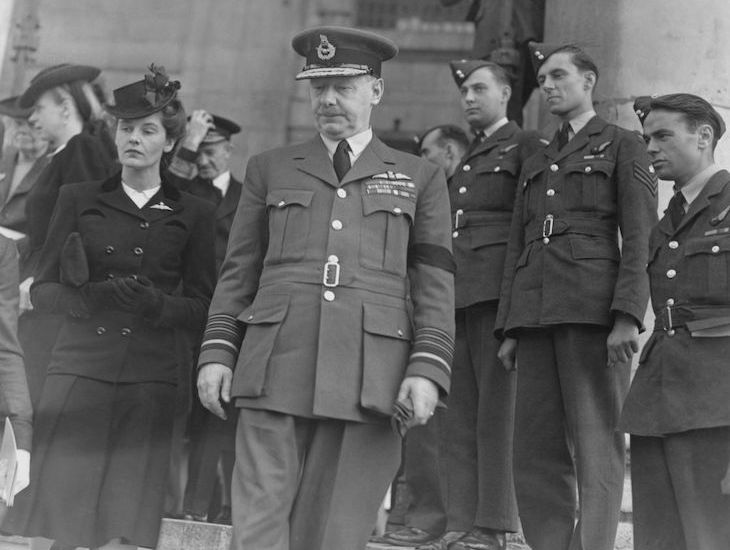
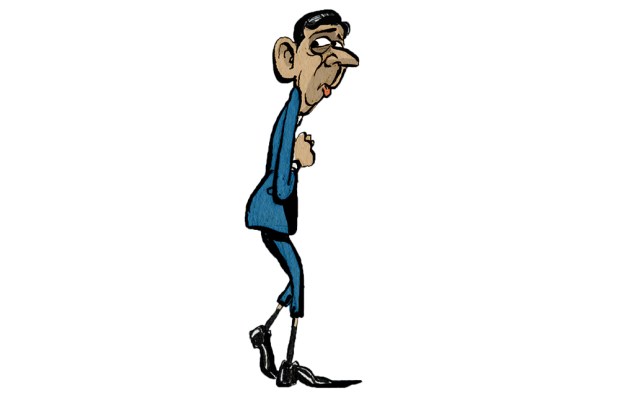
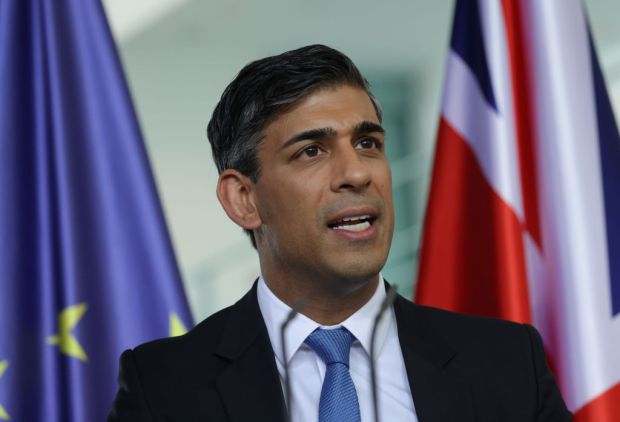
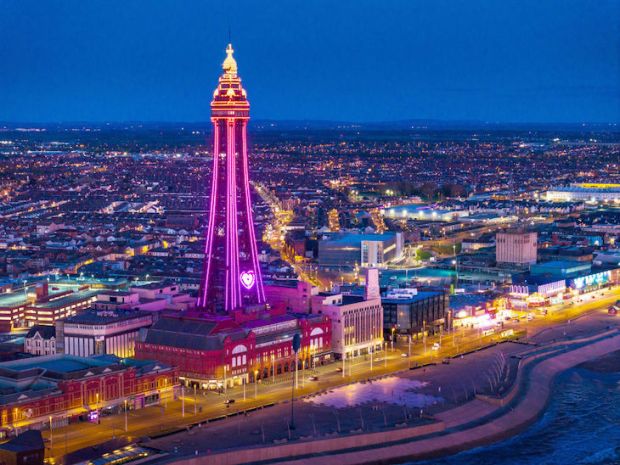
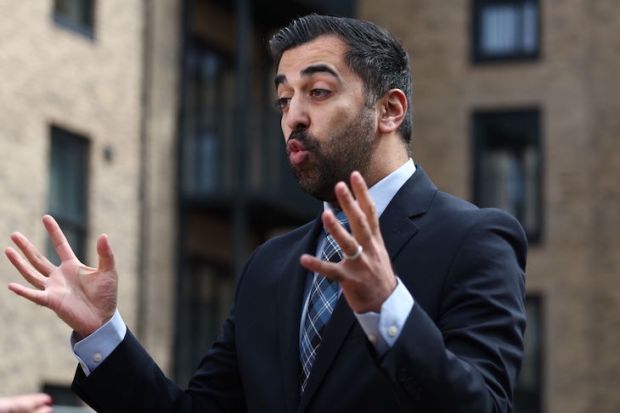
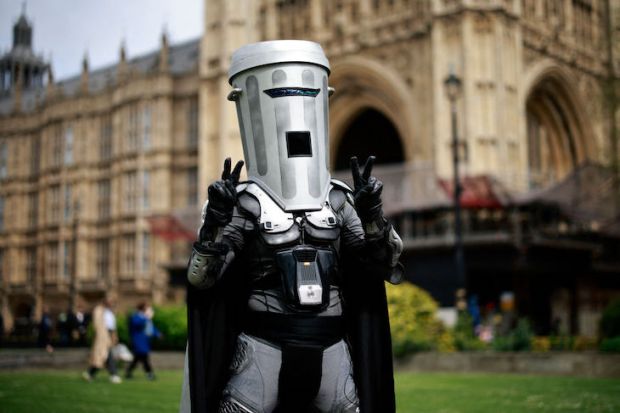
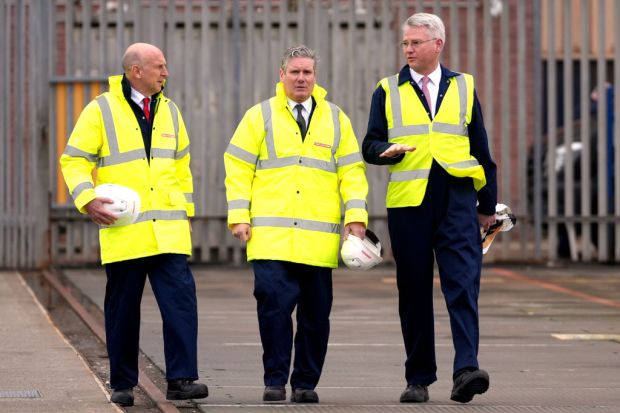
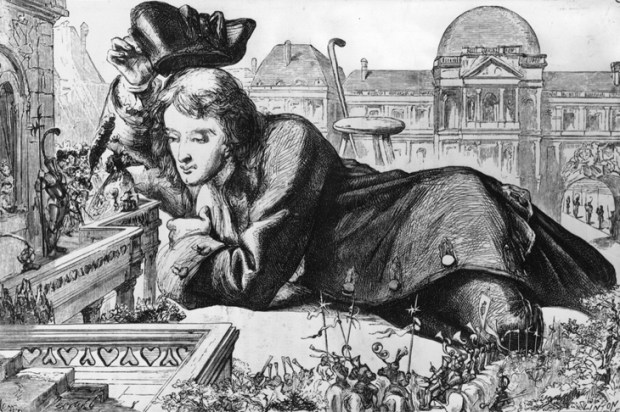
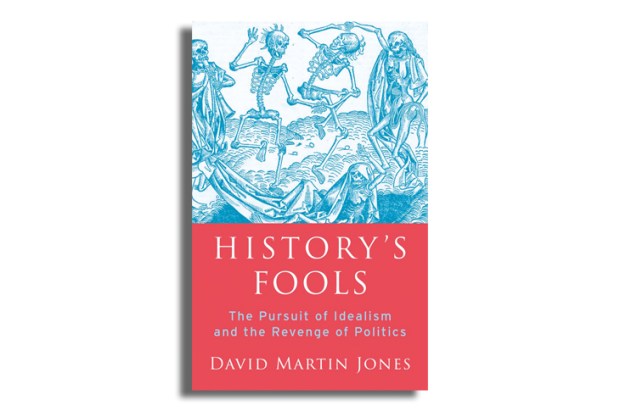


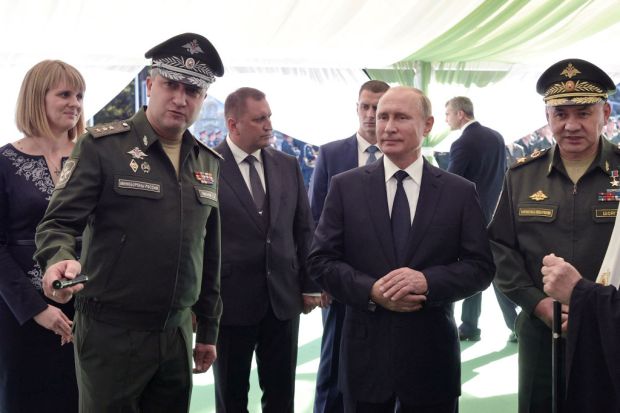
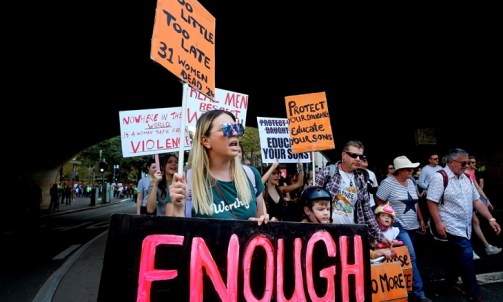
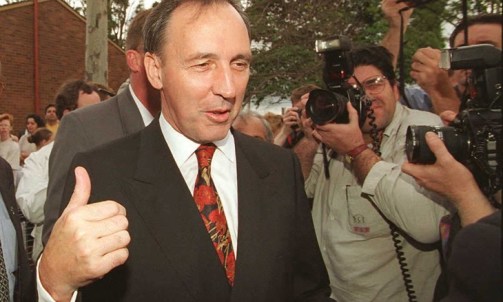
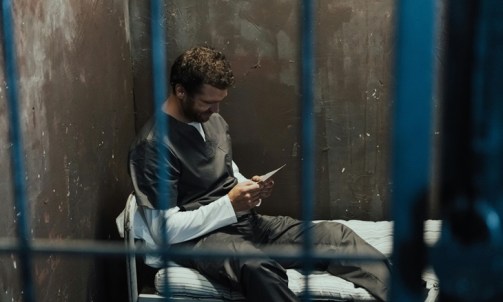



Comments
Don't miss out
Join the conversation with other Spectator Australia readers. Subscribe to leave a comment.
SUBSCRIBEAlready a subscriber? Log in